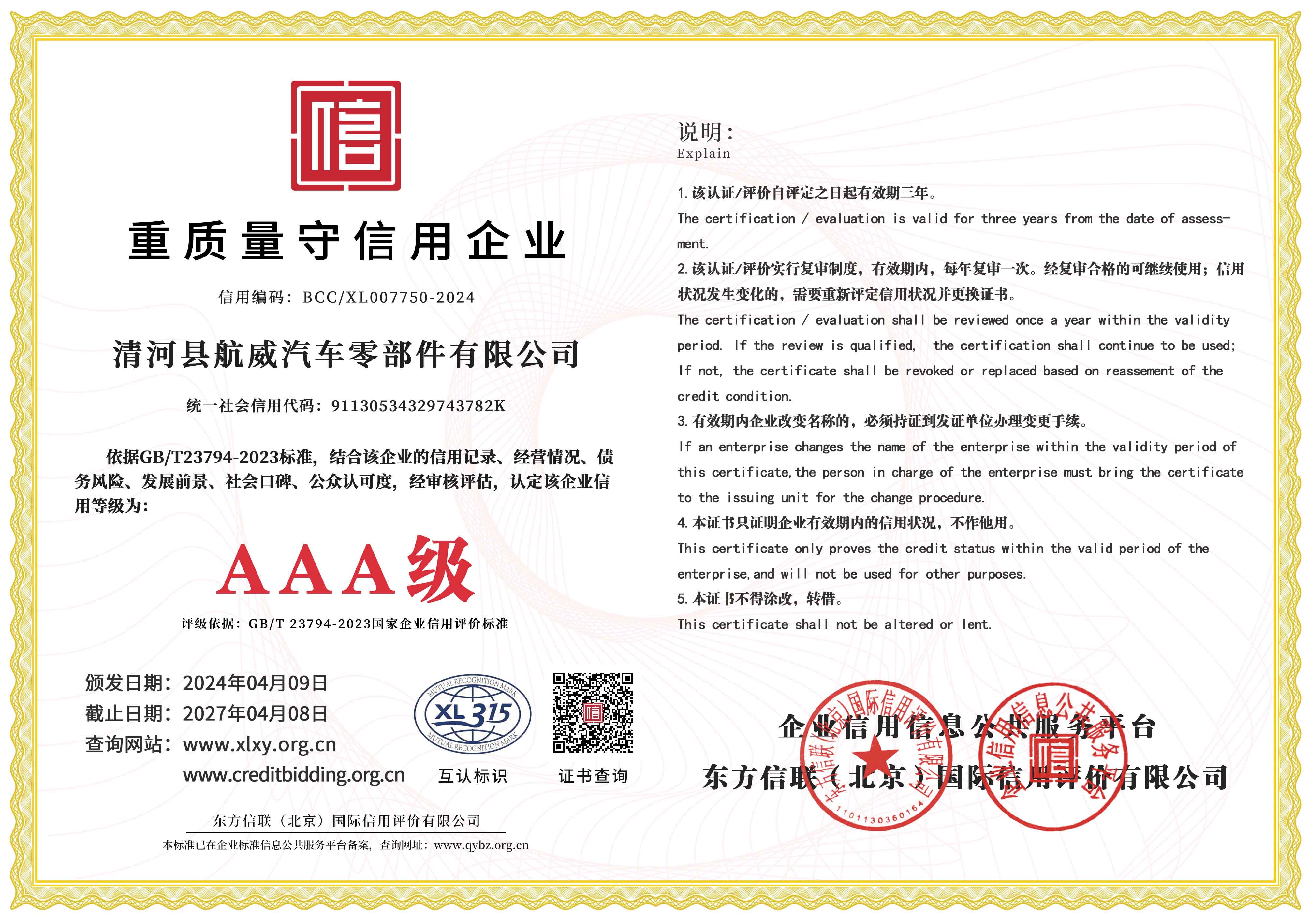Handbrake Cable Replacement Guide for Improved Vehicle Safety and Performance
Understanding Handbrake Wire Importance and Maintenance
The handbrake, also known as the parking brake, is a crucial component of any vehicle, ensuring that it stays stationary when parked. The handbrake wire, which connects the handbrake lever to the braking system at the rear, plays an essential role in effectively engaging and disengaging the handbrake. Understanding the function, maintenance, and potential issues associated with the handbrake wire is vital for every vehicle owner.
Functionality of the Handbrake Wire
The handbrake wire typically consists of two main parts the outer casing and the inner cable. The outer casing is usually made from a durable material to protect the cable inside from external elements and wear. When the driver pulls the handbrake lever, the tension created pulls the inner cable, which in turn engages the brakes at the rear wheels. This mechanism allows the vehicle to remain stable when parked, preventing it from rolling away, especially on inclines.
In addition to providing safety, the handbrake wire contributes to a smooth and responsive braking experience. A properly functioning handbrake wire ensures that the brakes engage quickly when the lever is pulled, without excessive slack or delay. Conversely, a malfunctioning wire can lead to a variety of braking issues, posing a serious safety risk.
Importance of Maintenance
Regular maintenance of the handbrake system, including the handbrake wire, is crucial to ensure optimal performance. Over time, the cable can wear down due to friction and exposure to the elements, leading to rust, corrosion, or fraying. Drivers may notice signs such as the handbrake not holding the vehicle securely, a spongy feel when pulling the lever, or abnormal noises when engaging the handbrake.
handbrake wire

To maintain the handbrake wire in good condition, vehicle owners should check the system regularly. Inspecting the wire for any visible signs of wear, such as cracks or rust, is essential. Additionally, it’s important to ensure that the handbrake lever itself is functioning correctly, as any issues there can also affect the performance of the wire.
Troubleshooting Common Issues
If a driver suspects an issue with their handbrake wire, there are a few troubleshooting steps they can take
1. Visual Inspection Look for any visible damage or wear on the wire, including fraying or rust. 2. Test the Handbrake Pull the handbrake lever and observe whether it engages smoothly and if the brakes hold the vehicle in place. If the lever feels loose or the vehicle rolls, there may be an issue with the wire or the entire handbrake system. 3. Check Tension If the handbrake lever pulls too easily, it may indicate that the wire is too slack. Adjustments can often be made to regain proper tension.
If these checks reveal problems, it’s advisable to consult a professional mechanic. Timing is crucial, as delaying repairs can lead to further damage and potentially hazardous driving conditions.
Conclusion
In summary, the handbrake wire is a vital component of a vehicle’s braking system, ensuring safety when parked and facilitating effective braking when necessary. Regular maintenance and prompt attention to any issues are essential for vehicle owners to prevent accidents and ensure the longevity of their vehicle's handbrake system. By being proactive about the health of the handbrake wire, drivers can enjoy peace of mind knowing that their vehicle will remain secure, setting the foundation for safe and reliable driving experiences.
-
Upgrade Your Vehicle with High-Quality Handbrake CablesNewsNov.01,2024
-
Optimize Your Bike's Performance with Quality CablesNewsNov.01,2024
-
Enhance Your Vehicle's Performance with Quality Clutch ComponentsNewsNov.01,2024
-
Elevate Your Vehicle's Performance with Quality Throttle CablesNewsNov.01,2024
-
Elevate Your Vehicle's Performance with Quality CablesNewsNov.01,2024
-
Affordable Solutions for Your Cable NeedsNewsNov.01,2024
